In a move that has sent shockwaves through the digital publishing ecosystem, Microsoft Advertising has officially announced the complete shutdown of its Microsoft Monetize Now platform, effective October 15, 2025. This decision represents far more than a simple product discontinuation—it signals a fundamental shift in Microsoft’s advertising strategy and provides crucial insights into the rapidly evolving $3.2 billion website monetization platform market.
The announcement, which caught many publishers off guard, confirms that Microsoft Monetize Now’s JavaScript will cease rendering ads on September 30, 2025, with the partner portal becoming permanently inaccessible just two weeks later. This development follows Microsoft’s broader strategic pivot away from traditional programmatic advertising, including the shutdown of Microsoft Invest DSP (formerly Xandr) by March 2026, marking the tech giant’s complete withdrawal from third-party ad network operations.
For the thousands of content creators who integrated Monetize Now as a Google AdSense alternative, this closure represents both an immediate revenue disruption and a critical learning opportunity about the volatile nature of digital monetization platforms. As the website monetization market is projected to reach $9.4 billion by 2033, understanding the implications of this shutdown becomes essential for publishers seeking sustainable revenue streams.
The Strategic Context: Microsoft’s AI-First Advertising Vision
Why Microsoft is Abandoning Traditional Ad Networks
Microsoft’s decision to shutter Monetize Now isn’t an isolated business decision—it’s part of a comprehensive strategic realignment toward “AI-first, privacy-focused” advertising experiences. Kya Sainsbury-Carter, Microsoft’s Chief Commercial Officer for Advertising, explicitly stated that the company’s commitment to “more private and personalized advertising experiences for a conversational and agentic world” is fundamentally incompatible with traditional DSP and ad network models.
This strategic pivot reflects Microsoft’s belief that the future of digital advertising lies not in broad-based programmatic buying across the open web, but in conversational AI-mediated transactions within Microsoft’s owned ecosystem. The company is consolidating its advertising investments into a single AI-powered buying platform integrated with Copilot, its generative AI solution.
The Death of Third-Party Programmatic Models
Industry analysts view Microsoft’s withdrawal as a watershed moment for programmatic advertising. The decision suggests that major tech platforms are moving away from helping advertisers buy media across the open web, instead focusing on monetizing their first-party assets more effectively.
Microsoft’s Retained Assets:
- Microsoft Monetize (SSP): The supply-side platform continues supporting publishers
- Microsoft Advertising Platform: Direct access to Microsoft properties including Bing, Xbox, Outlook, LinkedIn, and Edge
- AI-Powered Buying Tools: Copilot-integrated advertising solutions for Microsoft ecosystem campaigns
Discontinued Services:
- Monetize Now: Third-party publisher monetization platform
- Microsoft Invest DSP: Programmatic buying platform (shutdown March 2026)
- PromoteIQ: Third-party retail media technology (quietly shuttered in 2024)
This strategic contraction mirrors similar moves by Meta (Facebook), which has systematically reduced its Audience Network footprint, including shutting down web-based inventory and connected TV advertising capabilities.
Market Impact Analysis: The Broader Implications

Ad Network Consolidation Trends
Microsoft’s exit from third-party ad networks reflects a broader industry consolidation that has been accelerating since 2020. IAB research demonstrates the systematic decline of traditional ad networks, with their market share dropping from 22% to just 6% between 2021 and 2024. This consolidation is driven by several factors:
Technology Evolution: Programmatic advertising now accounts for 45% of all online display ads, making traditional ad networks increasingly obsolete
Privacy Regulations: GDPR, CCPA, and emerging privacy laws have made third-party data monetization more complex and expensive
Advertiser Demands: Brands increasingly prefer direct relationships with major platforms rather than working through intermediary networks
AI Integration: Advanced machine learning algorithms require massive data sets and computational resources that smaller networks cannot match
The Creator Economy Disruption
For content creators, Microsoft’s withdrawal represents a significant disruption in an already challenging monetization landscape. The global creator economy, valued at over $104 billion in 2025, has become increasingly dependent on platform-specific monetization tools.
Impact on Different Creator Segments:
Small Publishers (Under 10,000 monthly visitors): Monetize Now provided one of the few accessible alternatives to Google AdSense for smaller sites. Its closure reduces options for creators who don’t meet the traffic requirements of premium networks like AdThrive (100,000+ monthly pageviews) or Mediavine (50,000+ monthly pageviews).
International Creators: Monetize Now was particularly valuable for publishers in regions where AdSense approval is challenging or where payment methods are limited. The platform’s Stripe integration provided reliable payouts to creators worldwide.
Niche Content Publishers: Creators focusing on specialized topics often struggle with traditional ad networks due to limited advertiser demand. Monetize Now provided an additional revenue stream that helped diversify income sources.
Immediate Actions for Affected Publishers
Critical Steps Before October 15, 2025
Publishers currently using Monetize Now must take immediate action to prevent revenue loss and maintain website functionality:
Financial Preparation:
- Download all financial statements and performance reports before portal closure
- Verify Stripe account details to ensure final payouts process correctly
- Record September revenue for tax and accounting purposes
- Document historical performance data for future ad network applications
Technical Cleanup:
- Remove Monetize Now JavaScript from all website templates after September 30, 2025
- Update privacy policies to reflect removal of Microsoft advertising services
- Check website performance to ensure removal doesn’t affect page load speeds
- Test website functionality across all devices and browsers post-removal
Revenue Transition:
- Apply for alternative ad networks immediately to minimize revenue gap
- Diversify monetization strategies beyond display advertising
- Optimize existing revenue streams including affiliate marketing and sponsored content
- Consider premium ad networks if traffic levels qualify
Microsoft Monetize Now Code Removal Best Practices
Publishers must properly remove Monetize Now tracking code to maintain clean, efficient websites. Here’s the systematic approach:
Step 1: Locate Monetize Now Scripts
Search your website’s codebase for references to:
monetizenow.microsoft.comMonetizeNowJavaScript objects- Microsoft Monetize tracking pixels
- Related ad placement containers
Step 2: Safe Removal Process
<!-- REMOVE: Example Monetize Now Implementation -->
<script async src="https://cdn.monetizenow.microsoft.com/sdk/monetize.min.js"></script>
<script>
window.MonetizeNow = window.MonetizeNow || [];
MonetizeNow.push({
pubId: "your-publisher-id",
slot: "header-billboard",
adUnit: "responsive-display"
});
</script>
<!-- END REMOVAL -->
Step 3: Post-Removal Optimization
- Test website speed using tools like Google PageSpeed Insights
- Verify no JavaScript errors appear in browser console
- Check mobile responsiveness hasn’t been affected
- Monitor Core Web Vitals for any performance impacts
Alternative Monetization Platforms: Comprehensive Analysis
Premium Ad Networks (High Traffic Requirements)
For publishers meeting traffic thresholds, several premium alternatives offer superior revenue potential compared to Monetize Now:
AdThrive (Now Raptive) – Minimum: 100,000 monthly pageviews
- Revenue Share: 75% to publishers (higher than most networks)
- Payment Terms: $25 minimum payout with guaranteed payments
- Specialization: Content-focused sites in lifestyle, food, travel, and family niches
- Support: Dedicated account management and optimization assistance
- Geographic Focus: Primarily US, UK, Canada, Australia, New Zealand traffic
Mediavine – Minimum: 50,000 monthly pageviews
- Revenue Share: 75% to publishers with transparent reporting
- Technical Benefits: Site speed optimization tools and Core Web Vitals improvements
- Content Requirements: High-quality, original content with strong engagement metrics
- Payment Schedule: Net-65 payment terms via direct deposit
- Additional Services: Video advertising and affiliate marketing integration
Ezoic – No minimum traffic requirement
- AI Optimization: Machine learning algorithms automatically optimize ad placement and sizing
- Testing Platform: Advanced A/B testing for ad layouts and user experience
- Site Speed Tools: Core Web Vitals optimization and performance monitoring
- Revenue Model: Revenue sharing based on performance improvements
- Publisher Support: Comprehensive dashboard with detailed analytics and recommendations
Accessible Ad Networks (Lower Traffic Requirements)
Media.net – Minimum: 10,000 monthly pageviews
- Contextual Advertising: Yahoo and Bing-powered ads with strong relevance matching
- Geographic Strength: Particularly effective for US and UK traffic
- Integration: Easy implementation with responsive ad units
- Payment Terms: $100 minimum payout via PayPal or wire transfer
- Approval Process: Generally easier than Google AdSense for new publishers
Adsterra – No minimum traffic requirement
- Format Variety: Pop-unders, push notifications, native ads, and display banners
- Global Reach: Strong performance across international markets
- Anti-Fraud Technology: Advanced fraud detection and prevention systems
- Payment Options: PayPal, Bitcoin, WebMoney, and wire transfers
- Minimum Payout: $5 for some payment methods, making it accessible for small publishers
PropellerAds (Monetag) – No minimum traffic requirement
- Machine Learning: AI-powered ad optimization and audience targeting
- Format Innovation: SmartLink technology and interactive ad formats
- Revenue Model: CPM, CPC, and CPA options depending on content type
- Global Coverage: Strong performance in emerging markets
- Publisher Tools: Real-time statistics and optimization recommendations
Direct Monetization Platforms
For creators seeking alternatives to traditional ad networks, direct monetization platforms offer greater control and potentially higher revenue:
Patreon – Subscription-Based Support
- Model: Monthly recurring revenue from dedicated fans
- Content Gating: Exclusive content for different subscription tiers
- Community Building: Direct creator-fan relationship development
- Payment Processing: Handles all billing and payment distribution
- Creator Percentage: 85-95% revenue share depending on plan
Ko-fi – Tip-Based Monetization
- One-Time Tips: No commitment required from supporters
- Subscription Options: Monthly membership plans available
- Digital Product Sales: Sell digital downloads directly to audience
- Commission Structure: 0% platform fees on tips, small fees on sales
- Integration: Easy embedding on websites and social media
Buy Me a Coffee – Creator Support Platform
- Flexible Support: One-time tips and monthly memberships
- Content Monetization: Paid posts and exclusive content options
- E-commerce Integration: Sell digital and physical products
- Analytics: Detailed supporter insights and revenue tracking
- Withdrawal Options: Multiple payout methods with reasonable fees
The Warning Signs: Identifying At-Risk Monetization Platforms
Red Flags in Ad Network Stability
Microsoft’s sudden Monetize Now shutdown wasn’t entirely unexpected for industry insiders who recognized several warning signs. Publishers should monitor their ad networks for similar indicators:
Financial Warning Signs:
- Delayed or missed payments beyond stated terms
- Increasing minimum payout thresholds without clear justification
- Reduced fill rates indicating declining advertiser demand
- Unexplained drops in CPM rates across similar content categories
- Currency or payment method restrictions for certain regions
Operational Red Flags:
- Reduced customer support responsiveness or elimination of dedicated support
- Platform consolidation announcements or mergers with larger entities
- Feature deprecation without comparable replacement functionality
- API limitations or discontinued developer resources
- Unclear roadmap communication about future platform development
Strategic Indicators:
- Parent company strategic shifts toward different business focuses
- Executive departures from advertising or monetization divisions
- Reduced marketing investment in promoting the platform to new publishers
- Partnership program changes indicating reduced commitment to publisher relationships
Vulnerable Platform Categories
Based on industry consolidation trends, certain types of ad networks face higher risk of closure or significant changes:
Smaller Independent Networks: Platforms without major corporate backing struggle to compete with Google AdSense, Amazon DSP, and Meta Advertising
Third-Party Programmatic: Networks focusing on open web programmatic buying face pressure as major platforms prioritize first-party inventory
Regional Specialists: Ad networks targeting specific geographic markets may struggle with limited advertiser demand and regulatory compliance costs
New Market Entrants: Recently launched platforms often lack the resources and advertiser relationships necessary for long-term sustainability
Advanced Monetization Strategies for 2025 and Beyond
Diversification as Risk Mitigation
The Monetize Now shutdown reinforces a critical lesson: revenue diversification is essential for sustainable creator businesses. Publishers should never rely on a single monetization source, regardless of its apparent stability.
Recommended Diversification Strategy:
- 40% Display Advertising: Split between 2-3 different ad networks
- 30% Affiliate Marketing: Promote relevant products and services
- 20% Direct Sponsorships: Build relationships with brands in your niche
- 10% Product Sales: Digital products, courses, or premium content
Implementation Timeline:
- Month 1: Apply for backup ad networks and implement secondary advertising
- Month 2-3: Develop affiliate marketing strategy and partnerships
- Month 4-6: Create and launch first digital product or service
- Ongoing: Build email list and direct audience relationships
First-Party Data and Direct Relationships
The future of digital monetization increasingly depends on first-party data and direct audience relationships. Publishers who build strong communities and email lists will have more negotiating power with advertisers and platforms.
Community Building Strategies:
- Email Newsletter: Weekly or monthly communication providing exclusive value
- Social Media Engagement: Active presence on platforms where your audience congregates
- Comments and Forums: Facilitate discussion and community interaction on your website
- Live Events: Webinars, Q&A sessions, or virtual meetups for engaged audience members
- User-Generated Content: Encourage audience participation in content creation
Data Collection and Utilization:
- Analytics Implementation: Comprehensive tracking of user behavior and preferences
- Survey and Feedback: Regular audience research to understand needs and interests
- Segmentation: Divide audience into groups for targeted content and offers
- Personalization: Customize user experience based on individual preferences and history
Emerging Monetization Technologies
Blockchain and Cryptocurrency: Platforms like Brave Browser and Basic Attention Token (BAT) offer alternative advertising models based on user attention and opt-in engagement
AI-Powered Optimization: Tools that use machine learning to optimize ad placement, content recommendations, and user experience automatically
Voice and Audio Monetization: Podcast advertising, audio content sponsorships, and voice-activated commerce opportunities
Virtual and Augmented Reality: As VR/AR adoption increases, new advertising and sponsorship opportunities will emerge within virtual environments
Social Commerce Integration: Direct product sales through social media platforms and embedded shopping experiences
SEO and Technical Optimization Post-Monetize Now
Core Web Vitals and Site Performance
With Monetize Now removal, publishers have an opportunity to optimize their websites for better search engine rankings and user experience. Google’s Core Web Vitals remain crucial ranking factors that directly impact both SEO and ad revenue potential.
Performance Optimization Checklist:
- Largest Contentful Paint (LCP): Ensure main content loads within 2.5 seconds
- First Input Delay (FID): Maintain responsiveness under 100 milliseconds
- Cumulative Layout Shift (CLS): Minimize visual stability issues (score under 0.1)
- Page Speed Insights: Regular testing and optimization based on Google recommendations
- Mobile Responsiveness: Ensure excellent user experience across all devices
Technical SEO Improvements:
- Schema Markup: Implement structured data for better search engine understanding
- XML Sitemaps: Keep sitemaps updated and submit to search engines regularly
- Internal Linking: Create strategic connections between related content pieces
- Image Optimization: Compress images and implement proper alt text
- HTTPS Security: Maintain SSL certificates and secure browsing experience
Content Strategy for Monetization
Long-Tail Keyword Targeting: Focus on specific, less competitive keywords that drive engaged, monetizable traffic
Content Clusters: Create comprehensive topic coverage that establishes topical authority
User Intent Optimization: Align content with different stages of the buyer’s journey
Regular Content Updates: Refresh existing content with new information and current data
Multimedia Integration: Include videos, infographics, and interactive elements to increase engagement
Global Market Trends and Future Predictions
The Evolution of Digital Advertising
The $3.2 billion website monetization platform market is undergoing fundamental transformation driven by several key trends:
Privacy-First Advertising: iOS 14.5 App Tracking Transparency and Chrome’s third-party cookie deprecation are reshaping how advertisers reach and measure audiences
AI-Driven Personalization: Machine learning algorithms increasingly determine ad placement, audience targeting, and bid optimization
First-Party Data Emphasis: Publishers with robust first-party data collection will have significant advantages in the evolving landscape
Cross-Platform Integration: Unified measurement and attribution across multiple touchpoints and devices
Contextual Advertising Renaissance: As behavioral targeting becomes more restricted, contextual relevance is gaining renewed importance
Predictions for 2025-2030
Platform Consolidation: Expect continued consolidation as smaller ad networks struggle to compete with major platforms
AI-Powered Negotiation: Microsoft’s vision of “agentic advertising” may become reality, with AI assistants negotiating ad placements and pricing automatically
Creator Economy Maturation: Direct creator-brand relationships will become more common, reducing reliance on traditional ad networks
Regulatory Impact: Privacy regulations will continue reshaping the advertising landscape, favoring platforms with compliant, first-party data strategies
Subscription Model Growth: Subscription fatigue may lead to new hybrid models combining advertising and subscription revenue
Industry Expert Insights and Recommendations
What the Closure Means for Different Stakeholders
For Small Publishers: The Monetize Now shutdown reduces accessible monetization options but creates opportunities for remaining networks to capture new inventory
For Premium Publishers: High-traffic sites may benefit from reduced competition for advertiser attention on premium networks
For Advertisers: Microsoft’s focus on first-party inventory may provide more targeted, effective advertising opportunities within the Microsoft ecosystem
For Competitors: Google AdSense, Media.net, and other networks may see increased publisher applications and inventory availability
Strategic Recommendations
Immediate (0-30 days):
- Apply for alternative ad networks immediately
- Remove Monetize Now code and optimize site performance
- Document revenue history for future network applications
- Communicate changes to stakeholders and audience if relevant
Short-term (1-6 months):
- Implement diversified monetization strategy
- Focus on audience growth and engagement metrics
- Develop first-party data collection systems
- Experiment with direct sponsorship opportunities
Long-term (6+ months):
- Build sustainable, platform-independent revenue streams
- Invest in community building and direct audience relationships
- Stay informed about industry trends and emerging opportunities
- Consider creating proprietary products or services
Conclusion: Adapting to the New Creator Economy Reality
Microsoft’s decision to shut down Monetize Now represents more than a simple product discontinuation—it signals a fundamental shift in how major technology companies view the creator economy and digital advertising landscape. The closure, combined with the shutdown of Microsoft Invest DSP, demonstrates that even well-funded platforms are not immune to strategic pivots that can disrupt creator revenue streams.
Key Takeaways for Content Creators
Diversification is Non-Negotiable: Publishers who relied heavily on Monetize Now are learning the hard way that revenue diversification isn’t optional—it’s essential for survival in the volatile creator economy.
Platform Independence Strategies: The most successful creators will be those who build direct audience relationships and first-party data collection systems that don’t depend on third-party platforms.
Quality Over Quantity: As ad networks consolidate and become more selective, creators who focus on high-quality content and engaged audiences will have better access to premium monetization opportunities.
Technical Excellence Matters: With increased competition for fewer monetization slots, creators who maintain fast, well-optimized websites will have advantages in both search rankings and ad network approval processes.
The Broader Industry Implications
The website monetization platform market, projected to reach $9.4 billion by 2033, is experiencing a fundamental restructuring. Traditional ad networks are being replaced by AI-powered platforms, direct creator-brand relationships, and first-party data-driven solutions.
Microsoft’s strategic pivot toward “conversational and agentic advertising” may represent the future of digital marketing—where AI assistants negotiate directly with each other to place relevant ads within appropriate contexts. This vision, while ambitious, could make traditional programmatic advertising obsolete within the next decade.
Actionable Steps for Publishers
Immediate Response (Next 30 Days):
- Secure alternative revenue streams before Monetize Now stops serving ads
- Clean up technical implementation to maintain site performance
- Document historical performance for future network applications
- Communicate transparently with audience about any changes
Strategic Positioning (Next 3-6 Months):
- Build email list and direct audience communication channels
- Develop content calendar focused on high-value, engaging material
- Experiment with direct monetization methods beyond display advertising
- Network with brands in your niche for potential sponsorship opportunities
Long-Term Sustainability (6+ Months):
- Create proprietary products or services that generate independent revenue
- Establish thought leadership in your niche through consistent, valuable content
- Monitor industry trends and adapt strategies based on emerging opportunities
- Build redundant systems that can withstand future platform changes
The Future of Creator Monetization
As we move toward 2026 and beyond, successful content creators will be those who embrace platform diversification, audience ownership, and direct value creation. The era of depending solely on third-party ad networks for revenue is ending, replaced by a more complex but potentially more rewarding landscape where creators have multiple revenue streams and direct relationships with their audiences.
Microsoft’s withdrawal from third-party advertising may seem like bad news for creators in the short term, but it actually accelerates a necessary evolution toward more sustainable, creator-controlled monetization strategies. Publishers who adapt quickly and strategically will emerge stronger and more resilient than ever before.
The message is clear: In the rapidly evolving creator economy, adaptability isn’t just an advantage—it’s a survival requirement. The creators who thrive will be those who view disruptions like the Monetize Now shutdown not as setbacks, but as opportunities to build more diversified, resilient, and ultimately successful businesses.
The future belongs to creators who own their audience, control their distribution, and aren’t dependent on any single platform for their success. The Monetize Now shutdown is painful but temporary—the lessons learned from it will shape sustainable creator businesses for years to come.
Ready to diversify your monetization strategy? Don’t wait for the next platform shutdown. Start building multiple revenue streams today by exploring Google AdSense, Media.net, Ezoic, and other sustainable monetization alternatives.
Stay informed about creator economy trends by following industry publications, joining creator communities, and continuously educating yourself about emerging opportunities and threats in the digital publishing landscape.
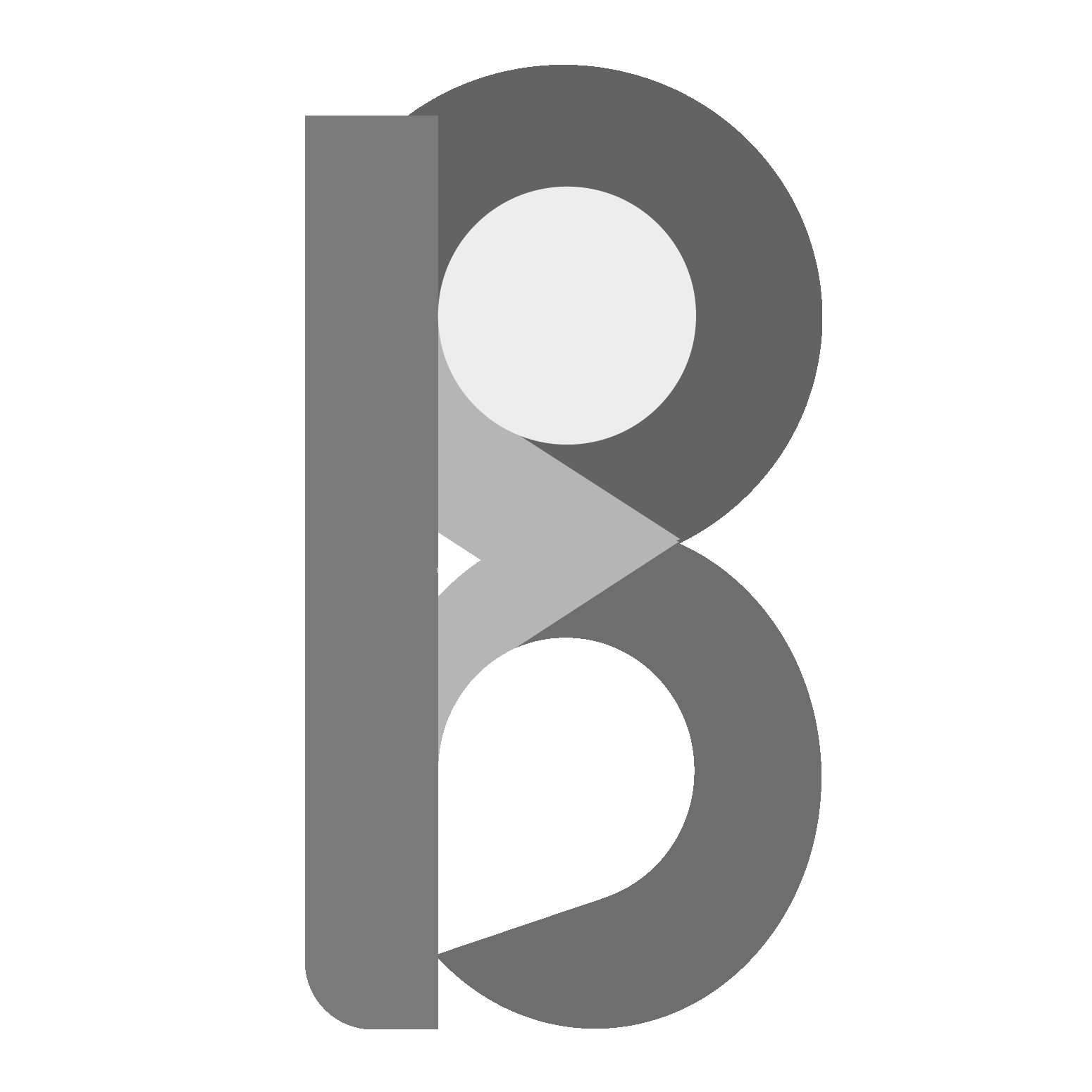
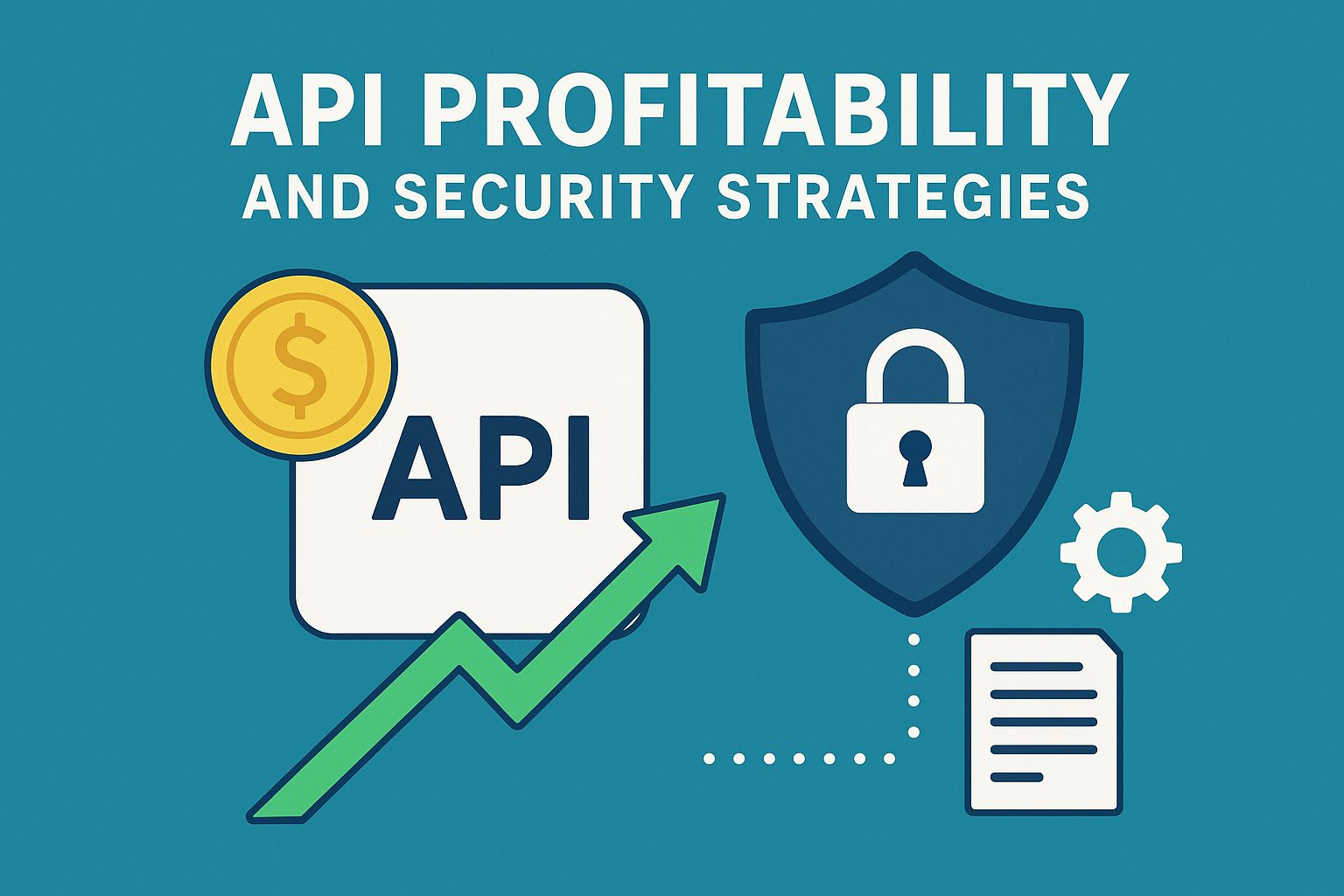
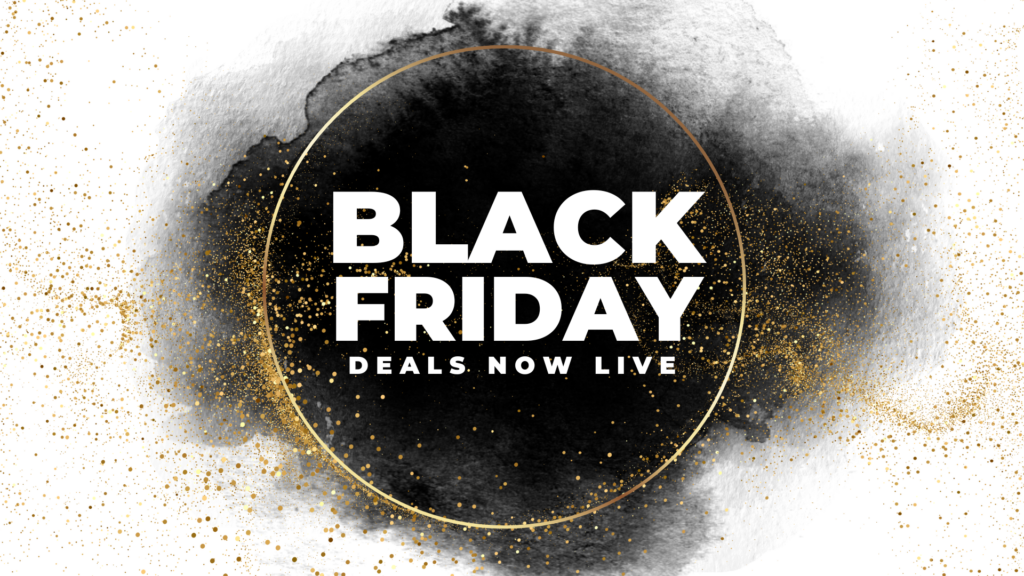
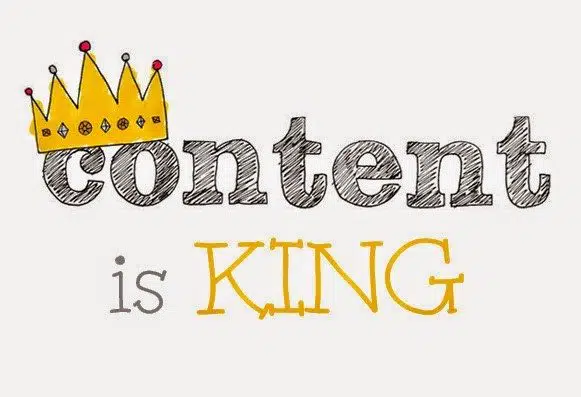
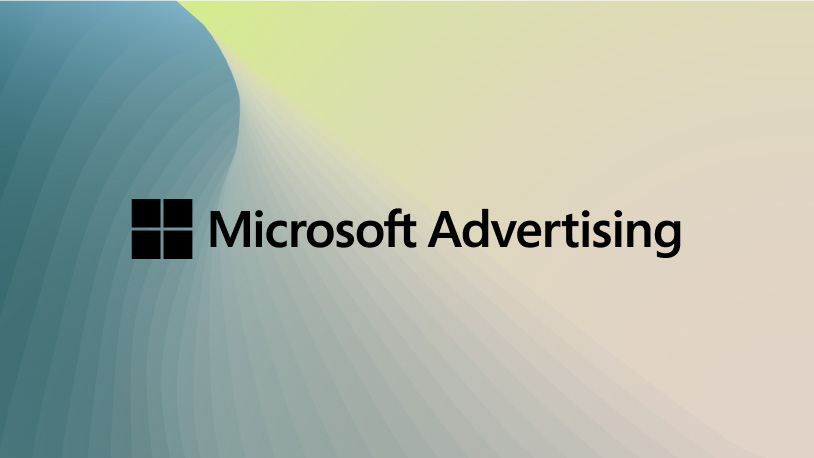
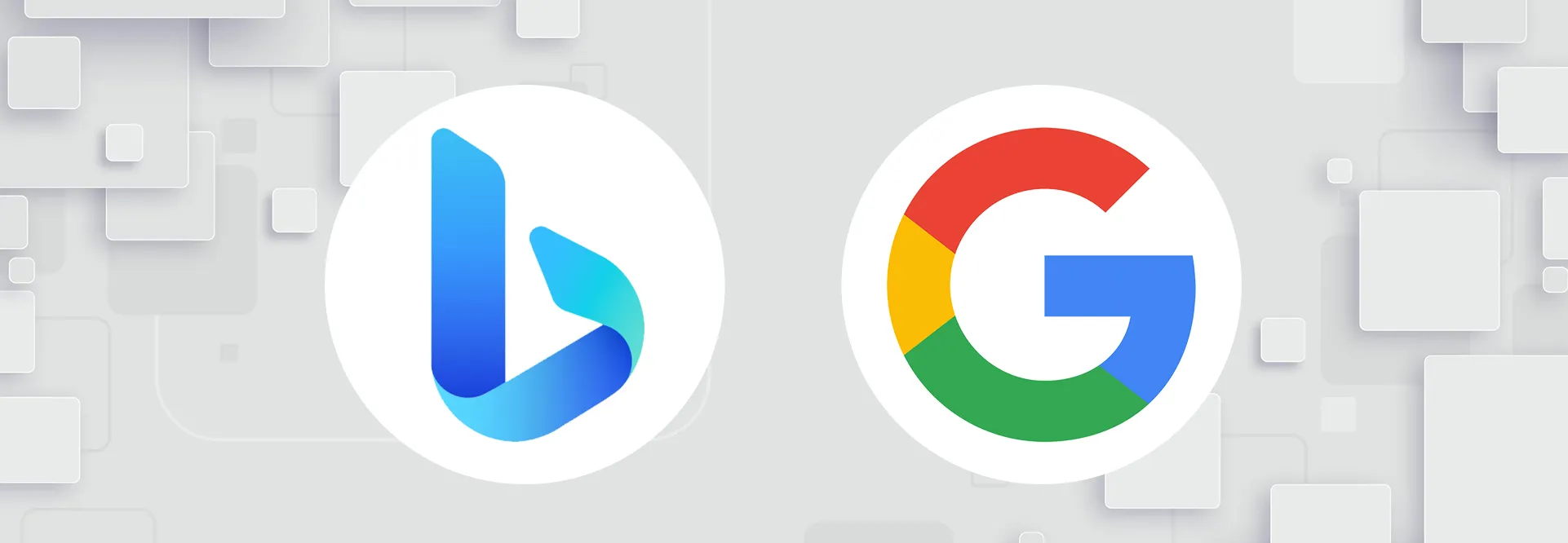




Leave a Reply